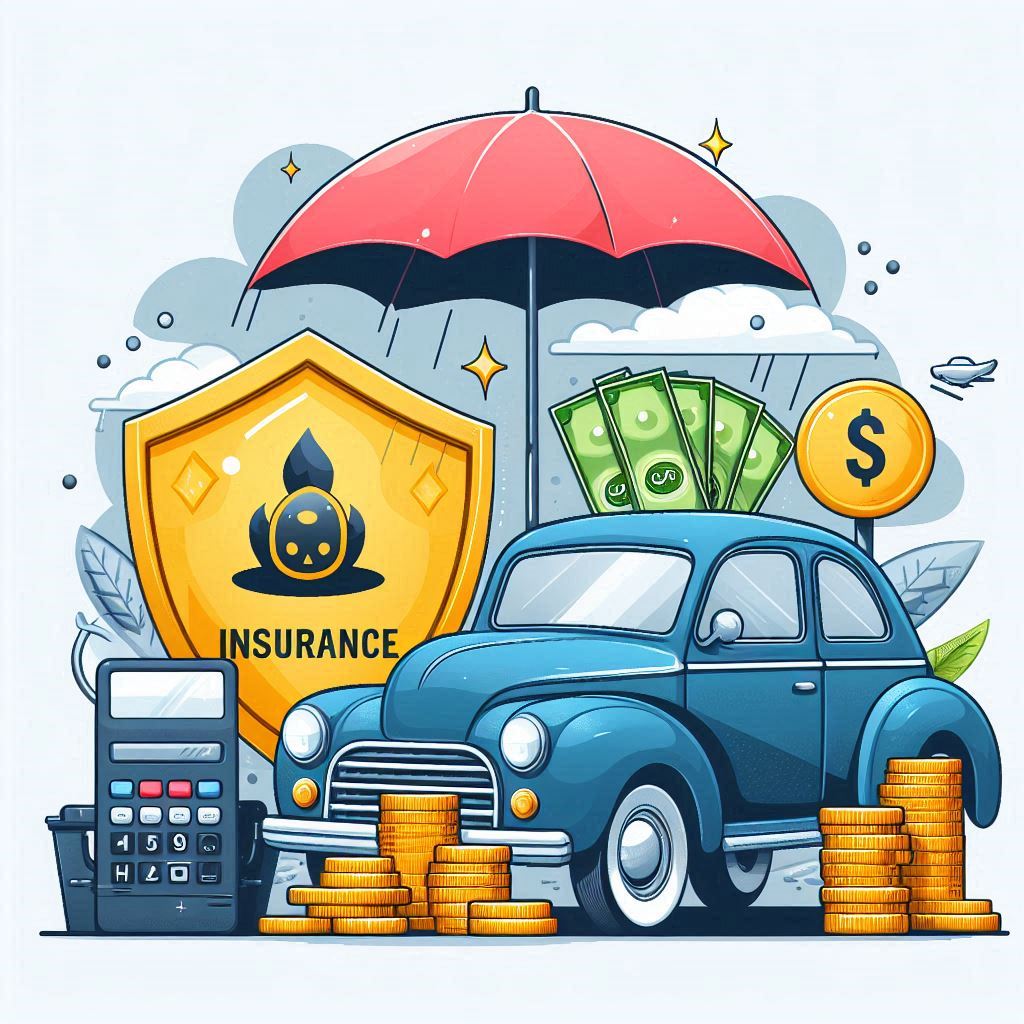Auto Insurance 101: How to Save Money While Staying Covered
Auto insurance is a necessity for every driver, offering financial protection in case of accidents, theft, or damage to your vehicle. However, it doesn’t have to break the bank. By understanding the basics of auto insurance and implementing smart strategies, you can save money while ensuring you’re adequately covered. Here’s how you can navigate the world of auto insurance without overpaying.
Understanding the Basics of Auto Insurance
Auto insurance typically consists of several types of coverage, each offering protection in different scenarios:
1. Liability Coverage
This covers damages or injuries you cause to others in an accident. It’s typically required by law in most states.
2. Collision Coverage
Covers damage to your own car after a collision, regardless of who’s at fault.
3. Comprehensive Coverage
Protects against non-collision events such as theft, vandalism, or damage from natural disasters.
4. Personal Injury Protection (PIP)
Pays for medical expenses for you and your passengers, regardless of fault.
5. Uninsured/Underinsured Motorist Coverage
Protects you if you’re in an accident with a driver who doesn’t have sufficient insurance.
Top Tips for Saving Money on Auto Insurance
1. Shop Around and Compare Quotes
Different insurers offer varying rates, even for the same coverage. Take the time to compare quotes from multiple companies to find the best deal.
Pro Tip: Use online comparison tools to quickly get quotes from several insurers, or consult with an independent agent who can help you find the best coverage at the best price.
2. Bundle Your Insurance Policies
If you have multiple insurance policies (e.g., home, renters, or life insurance), consider bundling them with the same provider. Many companies offer discounts for customers who purchase multiple policies.
Pro Tip: Look for insurers that offer multi-policy discounts to save on both auto and other types of coverage.
3. Choose Higher Deductibles
A higher deductible means you’ll pay more out-of-pocket if you have to file a claim, but it can significantly lower your monthly premium.
Pro Tip: Ensure that you have enough emergency savings to cover the higher deductible if needed.
4. Maintain a Clean Driving Record
Your driving history plays a major role in determining your insurance rates. Drivers with clean records (no accidents, speeding tickets, or claims) are considered less risky and, therefore, pay lower premiums.
Pro Tip: Consider taking a defensive driving course to improve your driving skills and potentially reduce your rates.
5. Drive a Safe, Low-Cost Vehicle
The type of car you drive can impact your insurance premium. Luxury cars, sports cars, or vehicles with high repair costs typically result in higher premiums.
Pro Tip: Choose a car with high safety ratings and low repair costs to keep premiums lower. Check insurance costs before buying a new car.
6. Look for Discounts
Many insurers offer various discounts that can lower your rates. These might include:
- Good driver discounts for accident-free records.
- Low-mileage discounts for drivers who don’t use their car frequently.
- Student discounts for young drivers with good grades.
- Anti-theft device discounts for cars with security systems.
Pro Tip: Ask your insurer about all available discounts and make sure to apply for those you qualify for.
7. Opt for Pay-Per-Mile Insurance
If you don’t drive much, consider pay-per-mile insurance, which charges you based on the number of miles you drive. This can be a great option for people who work from home or have short commutes.
Pro Tip: Some insurers offer usage-based insurance, where your premiums are based on how well and how often you drive, using a telematics device or app.
How to Ensure You Have the Right Coverage
While saving money is important, it’s also crucial to have the right level of coverage to protect you in case of an accident. Here’s how to balance affordability with adequate protection:
1. Know Your State’s Minimum Requirements
Each state has its own minimum auto insurance requirements, typically covering liability for bodily injury and property damage. Make sure you meet these requirements but consider adding more coverage if needed.
2. Consider the Value of Your Car
If your car is older or has a lower market value, you might want to drop comprehensive and collision coverage to save money. However, if your car is newer or has a higher value, maintaining full coverage may be worth the extra cost.
3. Reevaluate Coverage Regularly
Your insurance needs may change over time. Review your policy annually or after significant life events (such as purchasing a new vehicle or moving to a different state) to ensure your coverage remains appropriate.
Conclusion
Auto insurance doesn’t have to be expensive, and with a little effort, you can find a policy that fits both your budget and your protection needs. By shopping around, adjusting your coverage, and taking advantage of discounts, you can save money while ensuring you’re adequately covered.
For more tips on saving money and managing your finances, visit Biochmai.



